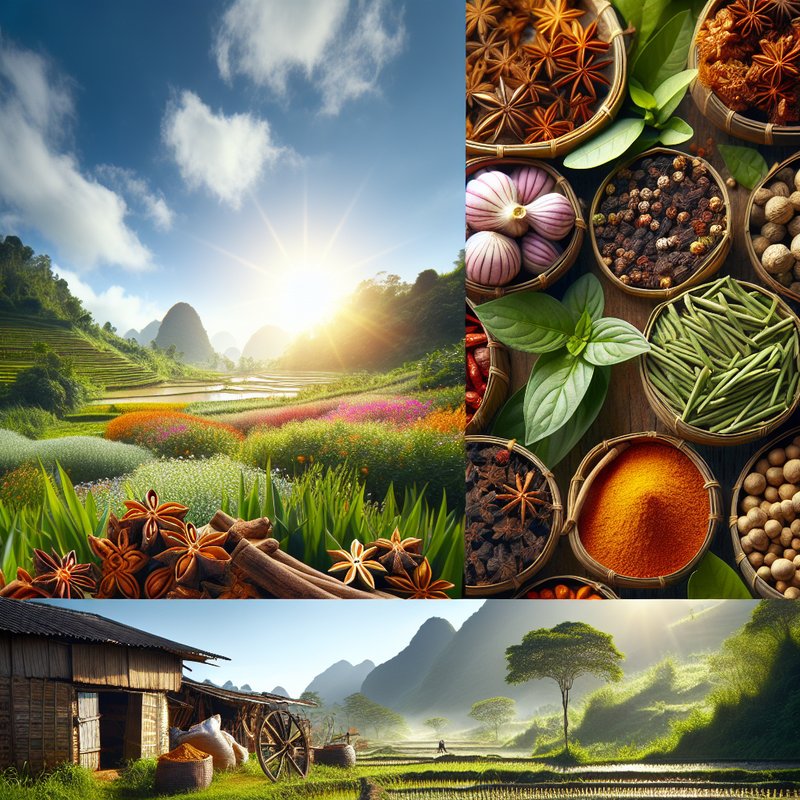The Role of Spices in Vietnamese Cuisine

Vietnamese cuisine is renowned for its bold flavors, and spices play a pivotal role in shaping its unique culinary identity. From the ubiquitous lemongrass and ginger to the fiery chili, spices are integral to achieving harmony in Vietnamese dishes. Traditional recipes are passed down through generations, each bearing the distinct stamp of regional spice blends.
In Vietnamese kitchens, the art of balancing spices is considered both a science and an art. Chefs skillfully combine spices to create dishes that dance on the palate, offering a symphony of flavors that range from sweet and sour to savory and spicy. These spices not only add depth and complexity but also hold cultural significance, symbolizing warmth and hospitality.
Cultivating Vietnam’s Exotic Spices

The lush landscapes of Vietnam provide an ideal environment for cultivating a variety of exotic spices. Regions like the Central Highlands and Mekong Delta are sprawling fields where spices such as cinnamon, star anise, and pepper thrive. The favorable climate and fertile soil contribute to the aromatic richness and quality of these spices.
Local farmers employ sustainable practices to ensure the integrity of their crops, often using traditional cultivation techniques that have been refined over centuries. These small-scale spice farms not only support local economies but also preserve the biodiversity of Vietnam’s rural areas, fostering a symbiotic relationship between nature and agriculture.
The Vibrant World of Vietnam’s Spice Markets

Visiting a Vietnamese spice market is an immersive experience that tantalizes the senses. These bustling markets, such as Ben Thanh in Ho Chi Minh City and Dong Xuan in Hanoi, are vibrant hubs where vendors showcase an array of spices. The air is filled with alluring aromas, and the colorful display of spices creates a visual feast for visitors.
In these markets, each spice tells a story. Vendors, often seasoned experts in their trade, share anecdotes about the origins, uses, and folklore associated with each spice. Shoppers engage in lively exchanges, haggling over prices and seeking the finest quality ingredients for their recipes. These markets are cultural melting pots where culinary traditions are celebrated and preserved.
Global Influence of Vietnamese Spices

Vietnam’s spices have transcended borders, making their mark on global cuisine. Chefs and culinary enthusiasts worldwide are increasingly turning to Vietnamese spices to infuse their dishes with authentic flavors. The distinctive characteristics of Vietnamese spices, such as the warmth of cinnamon and the complexity of star anise, have found their way into diverse culinary traditions across continents.
In recent years, the export of Vietnamese spices has seen substantial growth, fueling a burgeoning international demand. This globalization of Vietnamese spices has also brought about collaborations between Vietnamese spice producers and international chefs, leading to innovative fusion dishes that celebrate both traditional and contemporary palates.

Leave a Reply